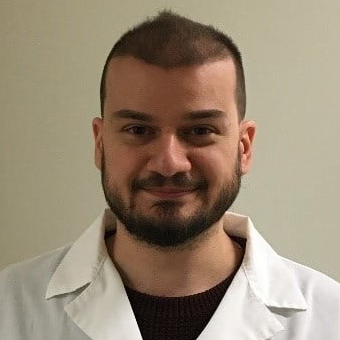Oxidative Stress and Paraoxonases in Cancer
A special issue of Antioxidants (ISSN 2076-3921). This special issue belongs to the section "Antioxidant Enzyme Systems".
Deadline for manuscript submissions: closed (15 October 2022) | Viewed by 51428
Special Issue Editors
Interests: cancer biology; biochemistry; oxidative stress; molecular biology; biomarkers; nicotinamide n-methyltransferase; paraoxonase-2
Interests: nicotinamide N-methyltransferase; paraoxonase-2; biomarkers; cancer
Special Issues, Collections and Topics in MDPI journals
Special Issue Information
Dear Colleagues,
Several studies have demonstrated that cancer cells display high levels of reactive oxygen species (ROS) arising from different mechanisms such as alterations of mitochondria and peroxisome functions, increased activity of metabolic pathways, enhanced cellular receptor signaling, increased activity of inflammatory cytokines, and oncogene activation. High levels of ROS promote many aspects of tumor development and progression. Indeed, ROS contribute to oxidative modifications of biomolecules including DNA, polyunsaturated fatty acids of lipid membranes, and proteins. Furthermore, ROS can lead to abnormal gene expression and impaired intercellular signaling. Nevertheless, tumor cells also display increased levels of antioxidants to neutralize ROS, suggesting that a delicate balance of intracellular ROS is essential for cancer cells’ functions. Among antioxidant enzymes, the paraoxonase (PON) family is emerging as a novel cluster of enzymes of clinical importance. Indeed, there is increasing evidence that PONs may be involved in cancer development and progression since alterations of PON status, including genotype, activity and/or expression, have been demonstrated in different human malignancies.
This research topic will discuss novel insights regarding the influence of oxidative stress on cancer cells’ behavior and related strategies focused on limiting cancer progression. In this light, special attention will be given to studies involving the paraoxonase family.
Prof. Dr. Monica EmanuelliDr. Roberto Campagna
Guest Editors
Manuscript Submission Information
Manuscripts should be submitted online at www.mdpi.com by registering and logging in to this website. Once you are registered, click here to go to the submission form. Manuscripts can be submitted until the deadline. All submissions that pass pre-check are peer-reviewed. Accepted papers will be published continuously in the journal (as soon as accepted) and will be listed together on the special issue website. Research articles, review articles as well as short communications are invited. For planned papers, a title and short abstract (about 100 words) can be sent to the Editorial Office for announcement on this website.
Submitted manuscripts should not have been published previously, nor be under consideration for publication elsewhere (except conference proceedings papers). All manuscripts are thoroughly refereed through a single-blind peer-review process. A guide for authors and other relevant information for submission of manuscripts is available on the Instructions for Authors page. Antioxidants is an international peer-reviewed open access monthly journal published by MDPI.
Please visit the Instructions for Authors page before submitting a manuscript. The Article Processing Charge (APC) for publication in this open access journal is 2900 CHF (Swiss Francs). Submitted papers should be well formatted and use good English. Authors may use MDPI's English editing service prior to publication or during author revisions.
Keywords
- Cancer biology
- Redox signaling
- Oxidative stress
- Reactive oxygen and nitrogen species
- Paraoxonase
Benefits of Publishing in a Special Issue
- Ease of navigation: Grouping papers by topic helps scholars navigate broad scope journals more efficiently.
- Greater discoverability: Special Issues support the reach and impact of scientific research. Articles in Special Issues are more discoverable and cited more frequently.
- Expansion of research network: Special Issues facilitate connections among authors, fostering scientific collaborations.
- External promotion: Articles in Special Issues are often promoted through the journal's social media, increasing their visibility.
- Reprint: MDPI Books provides the opportunity to republish successful Special Issues in book format, both online and in print.
Further information on MDPI's Special Issue policies can be found here.







